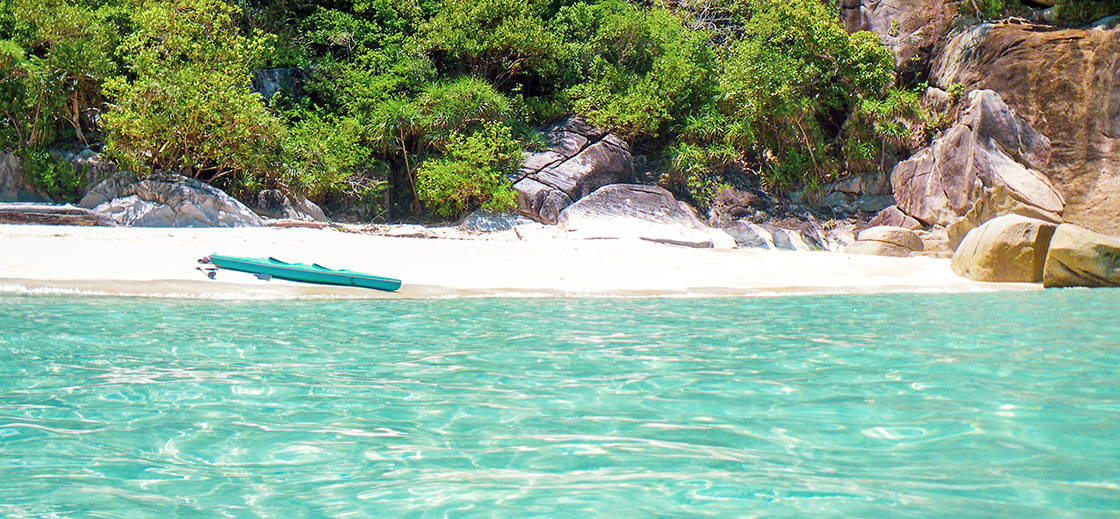Throughout the world, technology is being integrated into the travel industry at an unprecedented pace, changing the way that tourists explore and experience locations. Augmented Reality (AR) and Virtual Reality (VR) are leading this revolution, providing visitors with innovative tools that transform their trips. AR takes real-life settings and adds digital overlays; it also delivers interactive informational content. VR, by contrast, immerses users in a simulated environment, allowing for a completely virtual tour of sites far away or beyond reach. These technologies are changing the shape of travel and education, setting new benchmarks for the industry. This article looks at how AR and VR enhance tourism in Malaysia, exploring this dynamic crossroads of tech & travel in Southeast Asia.
The Rise of AR and VR in Malaysian Tourism

Malaysia has increasingly begun making use of Augmented Reality (AR) and Virtual Reality (VR) technologies within its tourism sector. Support from organizations like the Malaysian Investment Development Authority (MIDA) has made the seamless integration of these technologies possible, with the goal of attracting both local residents and international visitors. Another important initiative is the SmartG travel app, which uses AR technology to guide tourists around the country’s landmarks and cultural heritage sites. This commitment to advanced technologies has its purpose: on top of providing tourists with better experiences, the tourism industry itself can continue to be Malaysia’s leading contender in an era of digital communication.
Gaming As a Tourist Attraction in Malaysia
VR and AR are turning the gaming industry on its head. As the prices have dropped on VR and AR headsets, game developers have begun focusing on how to incorporate this technology into all types of titles. For example, platforms like PokerStars Casino offer VR experiences that allow players to step into a world, where they sit at a table surrounded by other players just as they would in a brick-and-mortar establishment. What makes VR special in this context isn’t just the realism it brings to casino games but also the ability for players to observe and interact with one another, replicating the social atmosphere of a land-based casino. However, VR gaming isn’t just an experience for players to enjoy at home, and Malaysia’s tourism industry knows this.
VR and AR are reshaping tourist attractions in Malaysia. The flourishing industry has piqued local and overseas visitors’ interest with its thrilling, immersive experiences that transform sightseeing for everyone involved. A classic example of this is The Rift Virtual Reality Adventure Center in Kuala Lumpur. It is home to various free-roaming VR and AR games, becoming a destination area for tourists interested in adventure and interactive game experiences. Similarly, the VAR LIVE Theme Park, again in Kuala Lumpur, with its broad array of VR gaming options gives visitors and locals a thrill all its own. From hardcore gamers to casual players alike, it’s a one-stop entertainment center.
Benefits of AR and VR in Enhancing Tourist Experiences

AR and VR applications transform tourist experiences in Malaysia by making them more interactive and accessible. With this technology in hand, historical sites welcome visitors on virtual tours where the rich culture of Malaysia displays itself, even for people residing on other continents. Nature reserves and city tours are being enhanced by AR navigation systems, which put detailed interactive maps in front of the user, providing them with real-time information. Museums and cultural facilities are also using VR as a way to increase visitors’ understanding and engagement with exhibits. For example, Pulau Pinang’s AR Park uses AR technology to create interactive art installations and, in doing so, has increased the appeal of the destination itself. This innovative use of technology has provided visitors with memorable experiences and interactions with local art and culture.
Impact on Tourism Business and Economy
As one would expect, AR and VR technologies have had a positive impact on Malaysia’s tourism industry, increasing tourist satisfaction and encouraging more people to visit the country. When VR and AR are used innovatively, it’s not just about improving the visitor experience; they also contribute to economic growth, and tourists tend to spend more money. The technologies also attract a diverse crowd, with everyone from traditional tourists to tech enthusiasts looking to experience something new.




